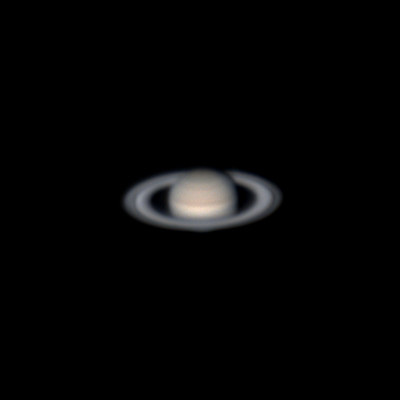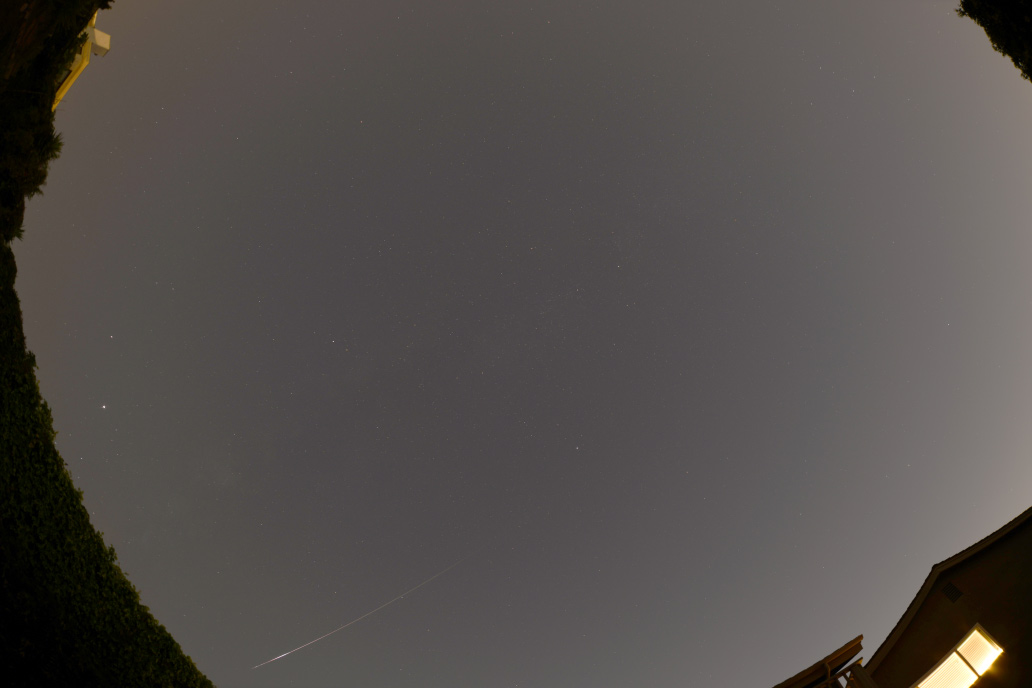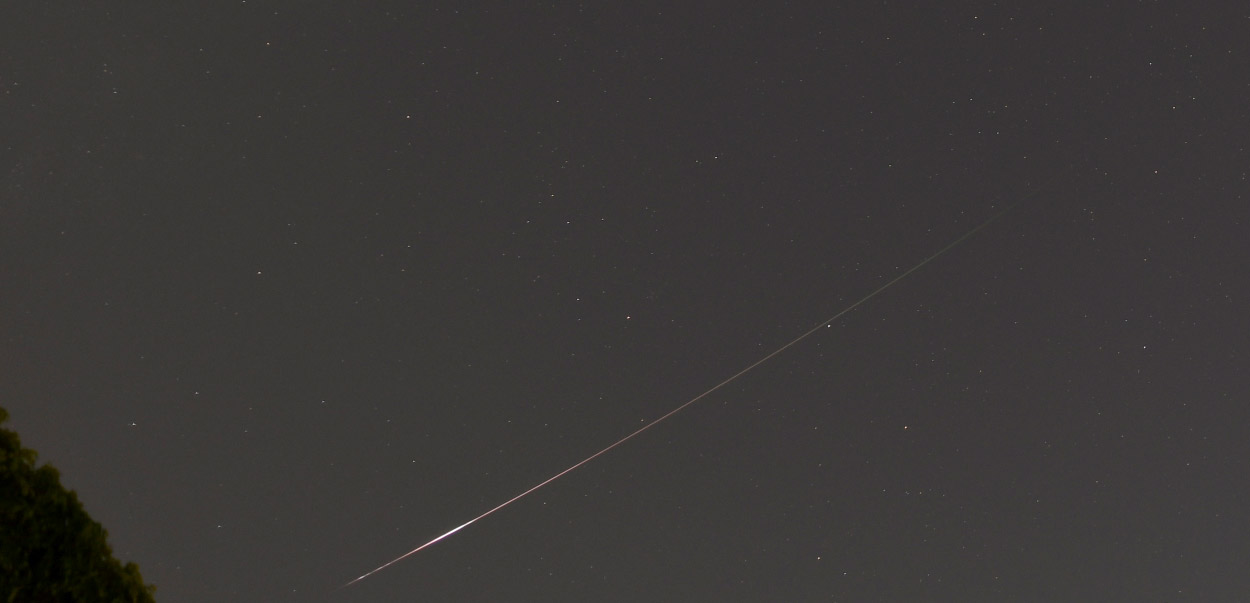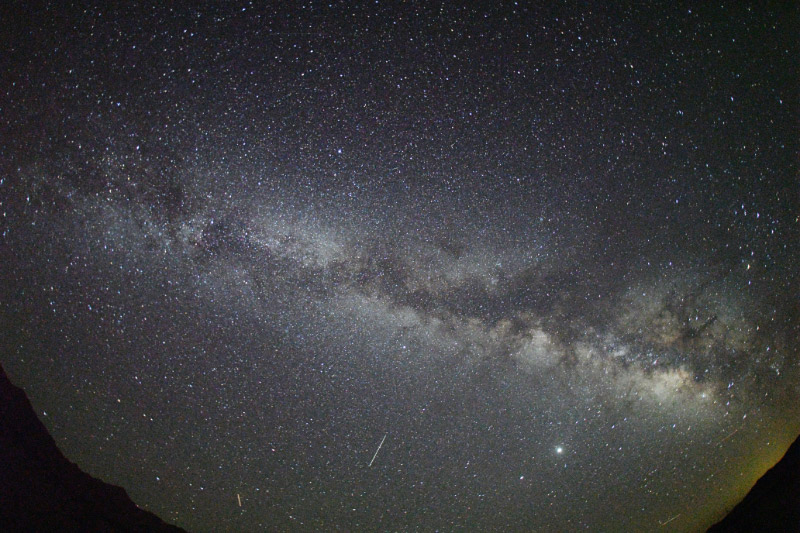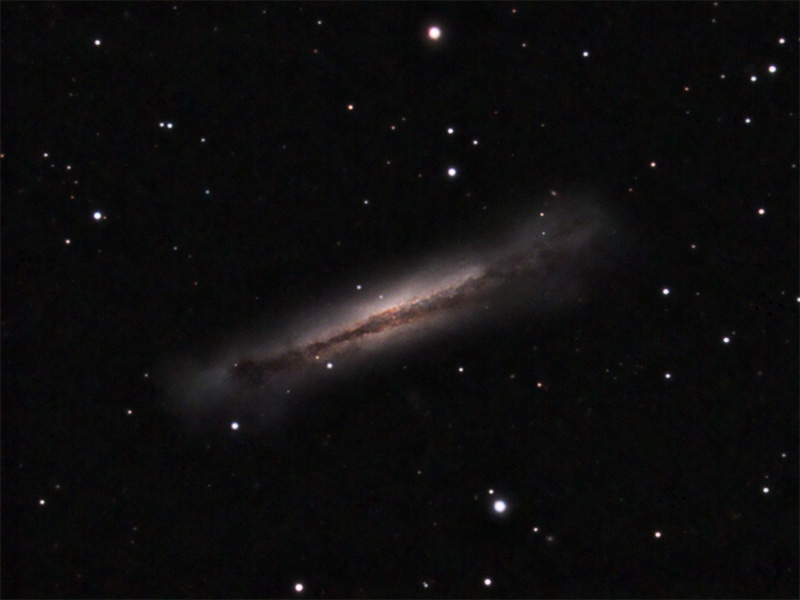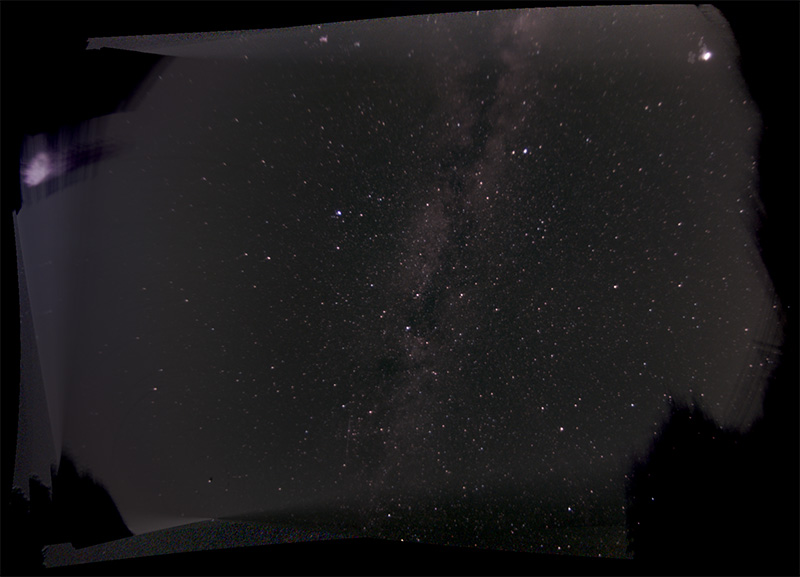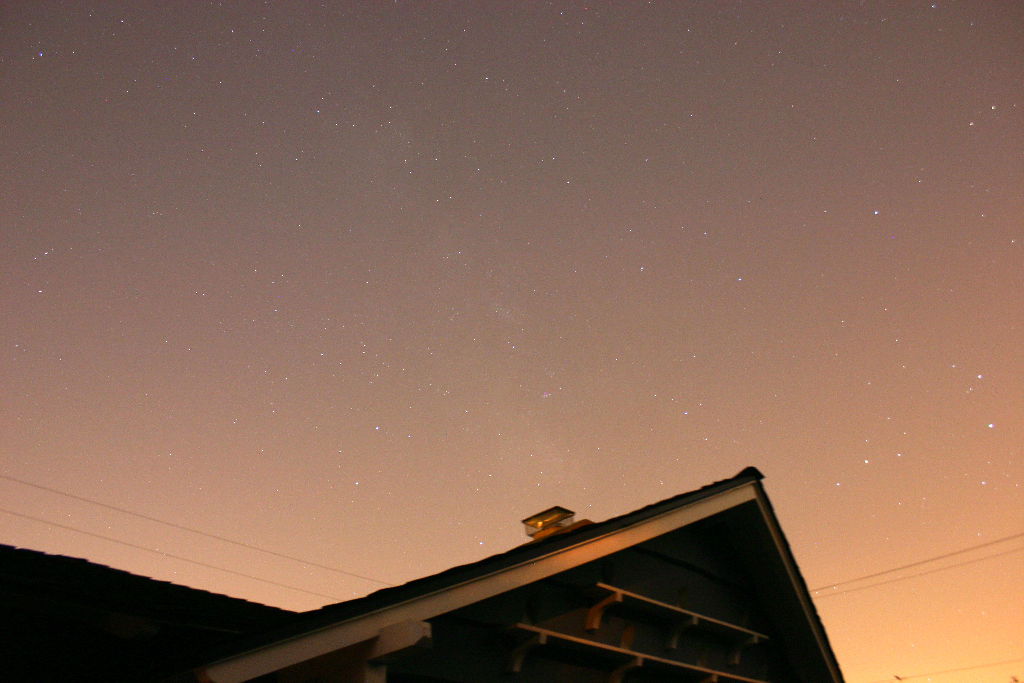a late start on the gas giants this year due to comet neowise hoopla, here's my first of the year, a quick shot thru my smaller SCT:
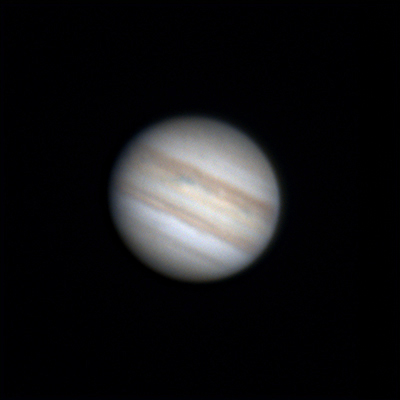 |
| Jupiter 8/26/20 6:01 UTC |
A GREAT CONJUNCTION of jupiter and saturn this december is getting hyped. every 20 years or so, jupiter laps saturn in it's orbit, which means for a brief period they are very close together visually. This year, on December 21, they will be separated by only 6 arcminutes--the closest conjunction in 400 years. this means the two can be seen in the same telescopic field. Their moons will almost overlap.
OK realistically speaking, the planets will both be very low in the sky at this time of year. therefore, the seeing will be poor, limiting the ability to get fine detail. furthermore, the field of view required to capture all the objects will be too large to portray fine detail. that being said, the juxtaposition will probably look pretty cool to veteran astronomy buffs who are not used to seeing the two objects in the same field.
Visually, you can "prepare" for the conjunction, by watching the two planets grow closer together in the evening sky. photographically, i'll have to work to get a planetary imaging system with a large field of view. i may actually use a refractor ;)
More information:
